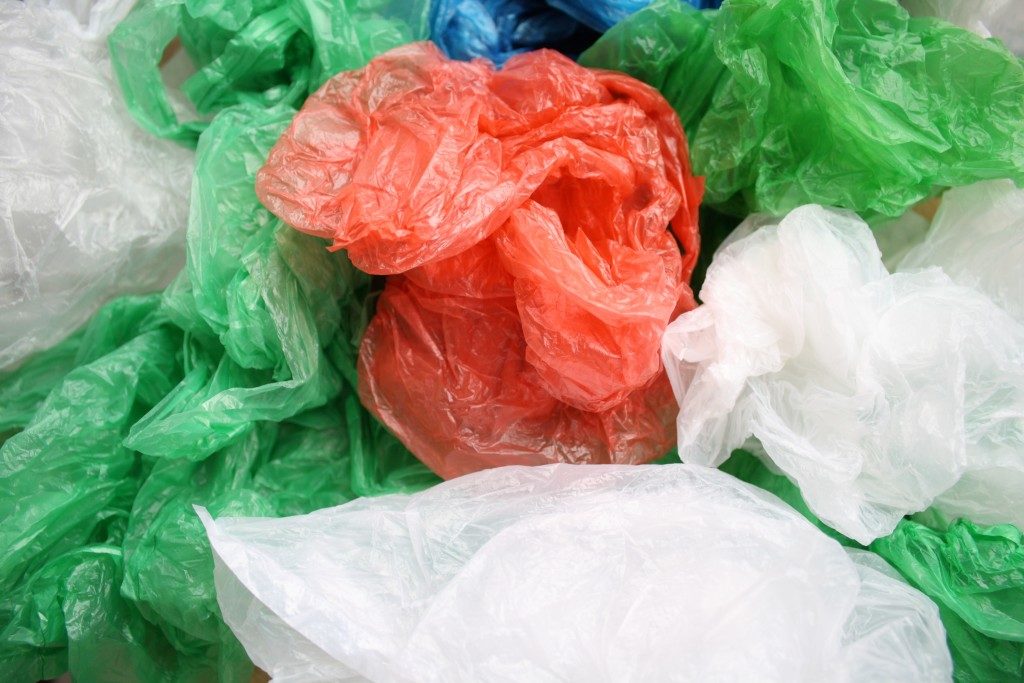Plastic pollution is a hot topic right now. It has become one of the most pressing environmental issues. Plastic items permeate the environment, harming not only human life but wildlife and our planetary health as well. Because the problem is so widespread, a lot of countries are constantly changing and improving their waste management programs. In the U.S., for example, some states have started taxing single-use of plastic bags to encourage utilisation of biodegradable alternatives. In Western Australia, the government is introducing transparent recycling bins to put people’s trash on display as conversation starters on reducing waste.
Want to make sure that your organisation is part of this movement? Here are some ways that your business can help cut down on its plastic usage and reduce its plastic footprint.
Say no to single-use plastics
Single-use plastics account for 50 per cent of the plastic produced every year. For many businesses, single-use plastics should easily be avoidable. There are a lot of sustainable alternatives that can eliminate the utilisation of plastic in your office and the plastic provided to your customers. For example, opt for cloth bags instead of plastic shopping bags and reusable bottles (stainless steel or glass) to replace plastic water bottles. Even everyday plastics used for sandwiches and juice cartons can be easily replaced with a reusable lunch box and insulated thermos. Also, a water cooler can eliminate single-use water bottles.
Carry out a plastic audit
Carry out an assessment to better understand the typical volume and the different types of plastic waste your office produces. The results will guide you on where the focus for your waste reduction efforts should be and what course of actions should be put in place.
A plastic audit might be a time-consuming process, but it is the perfect starting point to reduce plastic wastage in the workplace. You can start looking at your company’s purchases and identify the areas where you can substitute plastic. You can also record the contents of waste bins regularly to note first-hand where your employees are generating plastic.
Get your employees on board
 It is important to inform all your employees about the company’s efforts to reduce plastic utilisation. Your workers should share the need to care about the issue for your program to be successful. Hold an inspirational talk covering the issues surrounding plastic wastage, about the state of our oceans and the rest of the planet, and why the company has decided to make some workplace changes to reduce its plastic usage. Make sure to also ask your team for ideas on how to cut plastic in their roles.
It is important to inform all your employees about the company’s efforts to reduce plastic utilisation. Your workers should share the need to care about the issue for your program to be successful. Hold an inspirational talk covering the issues surrounding plastic wastage, about the state of our oceans and the rest of the planet, and why the company has decided to make some workplace changes to reduce its plastic usage. Make sure to also ask your team for ideas on how to cut plastic in their roles.
Sharing the results of your plastic audit with your staff is another very important step for your company’s waste management effort. Sharing actual photos can drive awareness and make people become active participants in your program. Highlight the problem areas where your team can overcome as a collective whole. Make sure to reward anyone with the highest plastic reduction rate.
Encourage recycling
Even with the best effort, there are times when plastic usage cannot be completely eliminated. But when that happens, make sure that recycling bins are strategically located and readily available for your employees to dispose of their waste in the right way.
Seventy-nine per cent of the 8.3 billion metric tons of plastics produced is accumulating in landfills where they may take up to 400 years to decompose and potentially leak into the environment as pollutants. Recycling at work will help reduce the amount of waste that goes to these landfill sites.
Plastic pollution is a significant problem that is affecting everyone on a global scale. Reducing the amount of corporate waste your business generates is, therefore, a critical environmental priority.
